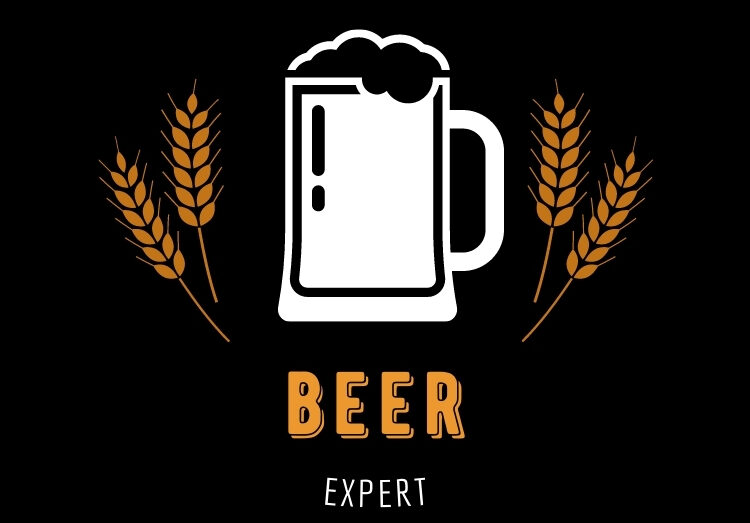A strong malty bottom-fermented lager, the bock beer provides some sweet seasonal cheer when the weather turns sour.
Respite From the Gloom
During the long harsh German winters light lager offers limited respite from the biting gloom and so brewers have long since decided that beers that offer more in the way of nourishment, intoxicating distraction and seasonal cheer are required to get you through the bleaker months. This led to the creation of the ‘starkbier’ (strong beer) known as bocks, which are traditionally served between the months of December and May.
Nevertheless, its strong, rich and malty character means the bock was never intended to be a winter substitute for the standard day-to-day quaffing beer, rather it is a sipping beer reserved for special occasions. Religious festivals such as Christmas, Lent or Easter would have been marked by their own special style of bock. Today bocks more commonly change according to the season, with variants available only at particular times of the year.
Bock Character
As such bock is a rather loose style term. Not only can they vary significantly in strength anywhere from 6% upwards – although between 6 to 8% is fairly standard – but also in character. Modern bocks, for example, can be dark, amber, red or pale, and vary considerably in hop levels.
As general rule however, a typical bock is a smooth low-carbonated lager made from barley malt that has a rich, warm, malty flavour, and a low-level bitterness. The brew’s higher quantity of nutrients compared with lighter lagers explains why its original monk patrons‘ sometimes referred to it as ‘liquid bread’.
Seasonal Variations
Bocks not only change according to the occasion and time of year but also to reflect it. Suitably for the winter solstice, Weihnachtsbockbier (Christmas bock beer) is, for instance, a very dark brown bock that provides a festive glow with the chocolatey hints of its roasted malts.
Christmas bocks are a variation of the classic ‘dunkles bock’ (dark bock), which, in being dark and smooth with an intense malt flavour, is believed to be the most traditional in style and in keeping with the original bocks.
Doppelbocks and Eisbocks
When winter reaches its depths during February-March time, and hardy resolve starts to wear thin, it is time to tap into the heaviest bocks. Although lighter in colour than the Christmas bocks, these doppelbocks (double bocks) are considerably stronger, usually upwards of 7%. As the name implies, doppelbocks are a more extreme version of the standard bock, with the brew upping the quotient of sweet maltiness, depth and alcohol. They are also typically hoppier than most bocks.
For an even more intoxicating experience the traditional Kulmback speciality of Eisbock (ice bock) is an even stronger variation produced by partially freezing a doppelbock and then removing the ice crystals to concentrate the sweet malty flavour and alcoholic content. Eisbocks have a clean, lager-like character without any hoppiness.
Helles and Maibocks
As spring comes into bloom, and the mood brightens accordingly, the bock’s colour lightens and its potency diminishes somewhat. First served up at the end of March, the Maibock (May bock) is in looks reminiscent of a bronze summer ‘helles’ lager, but in taste it has a hoppy dryness and a still considerable kick characteristic of all bocks. The helles version is more golden in colour and with a more pronounced hoppiness.
Other bock variations include a Rauchbier (smoked beer) and a Weizenbock (wheat bock). It is thought the very first bocks may have been the equivalent of the modern Weizenbock made from wheat as well as barley, and top-fermented.
Origins
Bock beer began life during the 14th century in the Lower Saxon town of Einbeck as a dark and heavy top-fermented beer that was malty in the aroma but yet hoppy in the finish. Its survival through the centuries is largely credited to its revival in Munich during the 17th century where local brewers gave it a new lease of life, developing the various styles available today. It is believed the name originates from a Munich bastardisation of the contemporary ‘Beck beer’ name that referred to beers from Einbeck. Despite Munich having claimed bocks as its own, Einbeck is still an active producer of its traditional brew and asserts its status as the ancestral home of bock by brewing a ‘Ur-bock’ that it promotes as the original bock beer.
